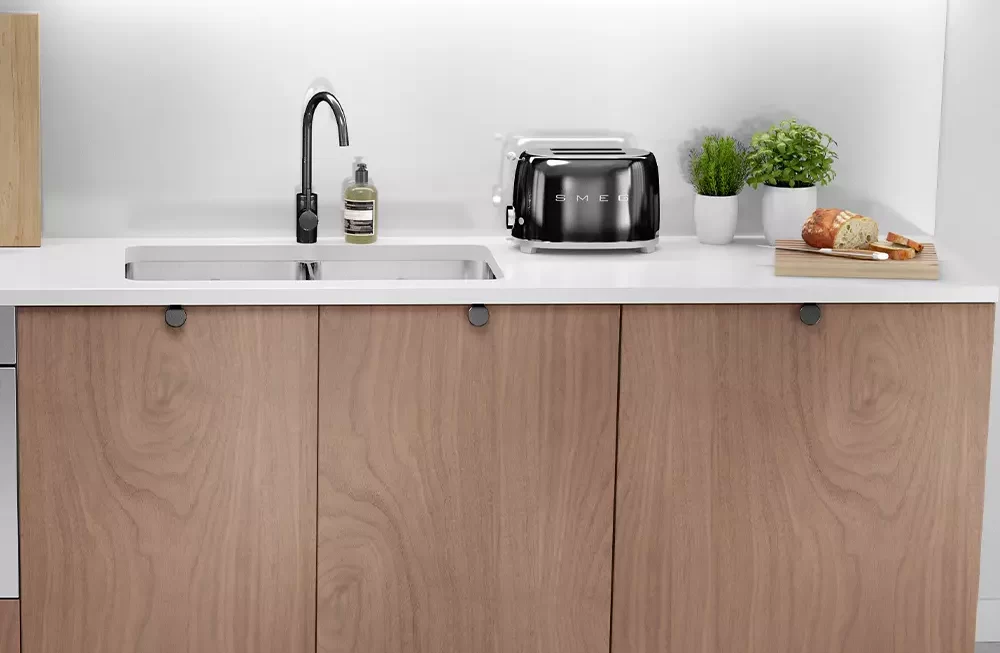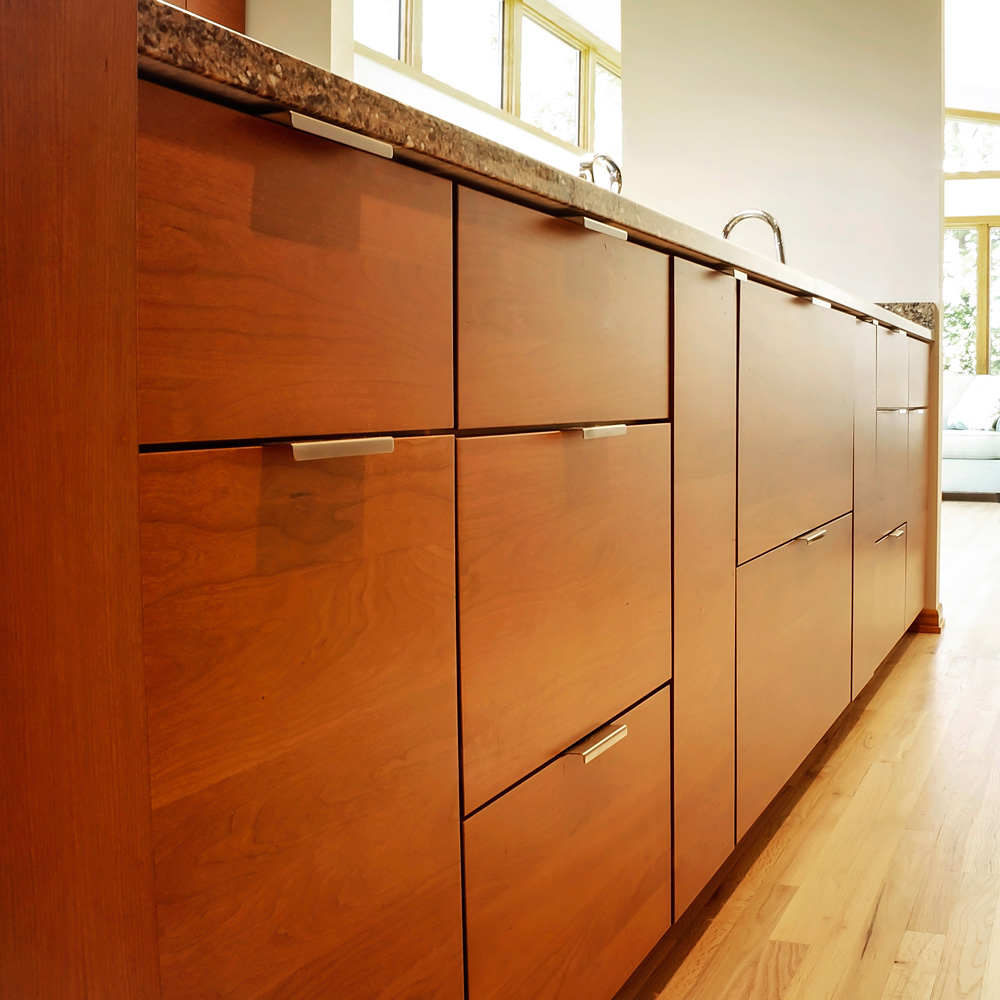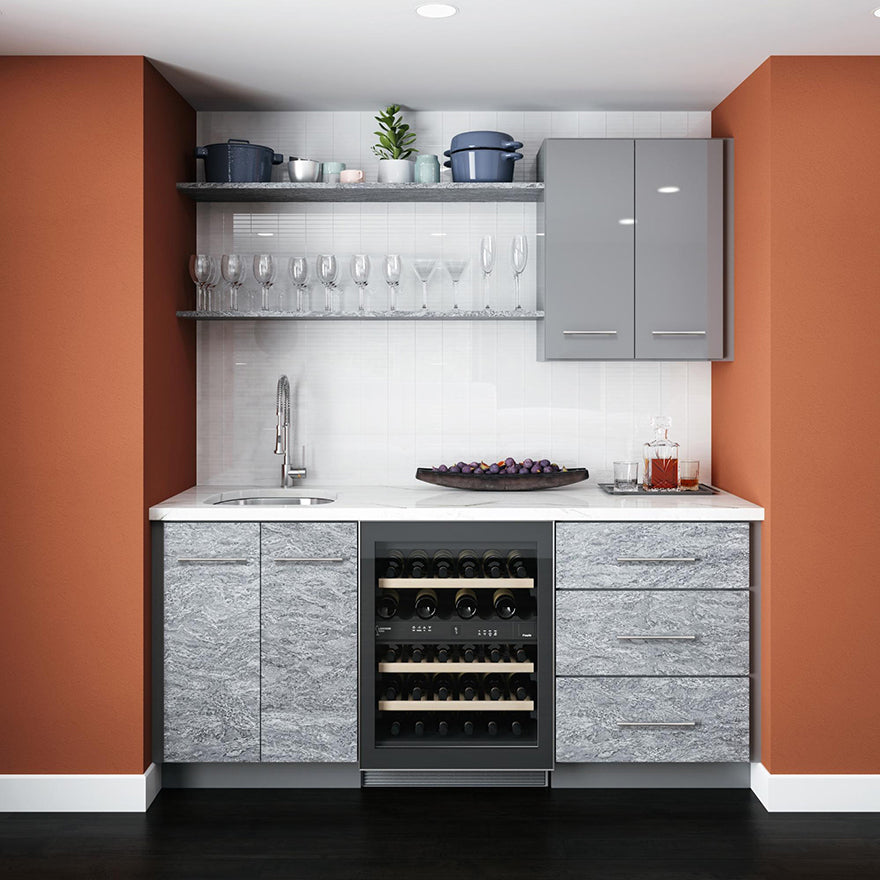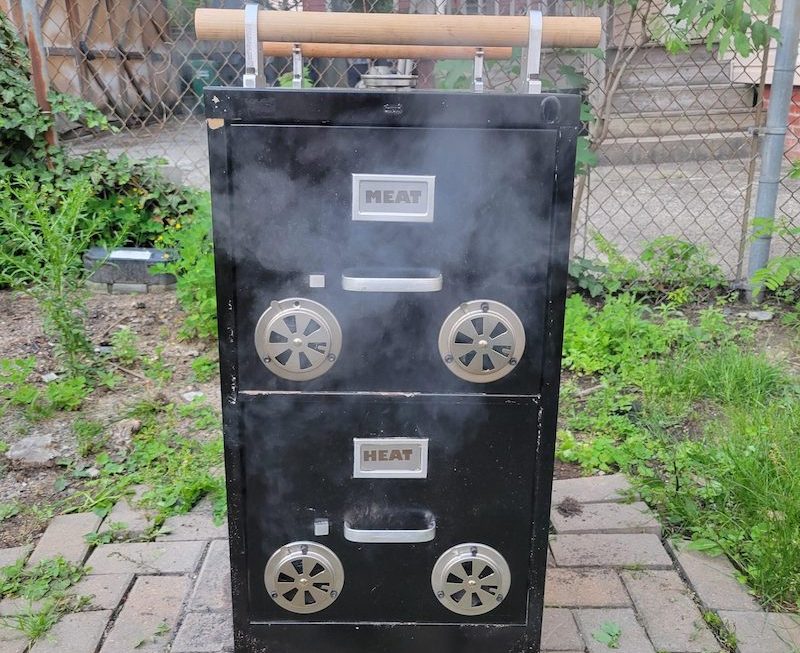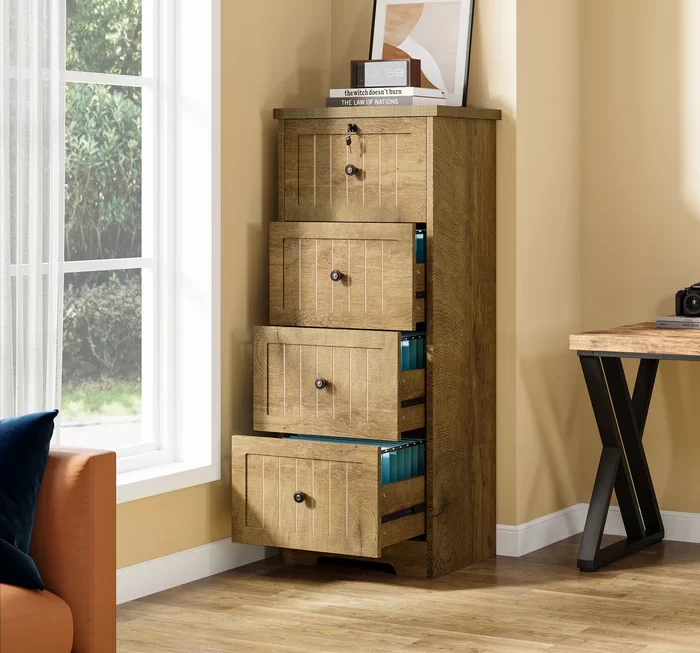Introduction
Slab cabinet doors have been a popular choice for many homeowners and designers for their sleek, modern look and versatility. This type of cabinet door features a flat, solid panel without any raised or recessed design elements, creating a minimalist and contemporary appearance. In this article, we’ll explore the various benefits and design considerations of slab cabinet doors, as well as how they can enhance the overall aesthetic of a space.
Part 1: Aesthetic Appeal
Level 1: Clean and Modern Look
Slab cabinet doors are known for their clean, uncluttered appearance, making them a perfect choice for modern and minimalist kitchen designs. Their smooth, uninterrupted surface can create a sense of visual continuity and simplicity in any space.
Level 2: Versatile Finishes and Materials
One of the key advantages of slab cabinet doors is their ability to showcase a wide range of finishes and materials. From sleek, high-gloss surfaces to natural wood grains and textured laminates, slab doors can be customized to suit various design preferences and aesthetics.
Part 2: Design Flexibility
Level 1: Seamless Integration
Slab cabinet doors offer a seamless and streamlined look when integrated into kitchen and bathroom cabinetry. They can be used to create a cohesive and uniform appearance, particularly in open-concept spaces where a continuous design flow is desired.
Level 2: Customization Options
Whether it’s adding minimalist hardware or incorporating unique edge profiles, slab cabinet doors provide ample opportunity for customization. Designers and homeowners can experiment with different accents and details to create custom looks that reflect their personal style.
Part 3: Timeless Appeal
Level 1: Enduring Design Aesthetic
Slab cabinet doors have stood the test of time and have remained a popular choice in contemporary interior design. Their timeless appeal transcends trends, making them a versatile option for both residential and commercial projects.
Level 2: Seamless Transition
In addition to their modern appeal, slab cabinet doors also have the ability to seamlessly transition between different design styles. Whether it’s a sleek, urban loft or a transitional farmhouse kitchen, slab doors can adapt to various design motifs with ease.
Part 4: Practical Considerations
Level 1: Easy Maintenance
The smooth, flat surface of slab cabinet doors makes them easy to clean and maintain. Unlike their raised or recessed panel counterparts, slab doors don’t have hard-to-reach crevices or grooves, making them a practical choice for busy households.
Level 2: Durability and Longevity
Slab doors are often constructed from sturdy materials, such as solid wood, MDF, or laminate, ensuring lasting durability and resilience over time. Their solid construction makes them resistant to warping, cracking, and other common wear and tear issues.
Part 5: Implementation and Considerations
Level 1: Cohesive Design Integration
When incorporating slab cabinet door into a space, it’s essential to consider the overall design cohesion and visual harmony. Whether it’s selecting complementary finishes or coordinating with other design elements, a cohesive approach can elevate the overall aesthetic of the room.
Level 2: Functional Considerations
In addition to aesthetics, it’s important to consider the functional aspects of the slab cabinet door, such as their ease of use, storage capacity, and organization. Proper planning and thoughtful placement of slab doors can optimize both form and function within a space.
Part 6: Advantages of Slab Cabinet Doors
Slab cabinet door has become increasingly popular among homeowners and designers due to their numerous advantages. One of the main advantages of slab cabinet doors is their modern and streamlined look. They offer a clean and minimalistic aesthetic, making them a great choice for contemporary or modern kitchen designs. Additionally, slab cabinet doors come in a variety of materials, including wood, laminate, and acrylic, giving homeowners the flexibility to choose the best option for their specific style and budget.
Another advantage of the slab cabinet door is their durability and low maintenance. With no intricate designs or grooves, slab doors are easy to clean and less prone to collecting dust and grime. This makes them a practical choice for busy kitchens or households with children. Furthermore, slab cabinet doors are versatile and can be customized with different finishes, colors, and hardware to complement any design scheme.
In terms of cost, slab cabinet doors are often more affordable compared to traditional raised panel or inset cabinet doors. This makes them an attractive option for homeowners looking to update their kitchen cabinets without breaking the bank. Additionally, slab doors offer a seamless and cohesive look when used in modern or minimalist kitchen designs, creating a sense of openness and spaciousness in the room.
Overall, the advantages of slab cabinet doors make them a popular choice for homeowners and designers seeking a contemporary and practical cabinet solution. From their sleek and stylish appearance to their durability and affordability, slab doors offer a range of benefits that make them a great option for any kitchen renovation or design project.
Part 7: Disadvantages of Slab Cabinet Doors
While slab cabinet door offers numerous advantages, it also comes with a few potential drawbacks that homeowners should be aware of before choosing this style for their kitchen cabinets. One of the main disadvantages of slab cabinet doors is their tendency to show fingerprints and smudges more easily than other door styles. This can be a concern for homeowners who prioritize a clean and polished look in their kitchen, as they may need to clean their cabinet door more frequently to maintain their appearance.
Another potential disadvantage of the slab cabinet door is their limited design flexibility. Unlike raised panel or recessed panel doors, which feature intricate designs and molding, slab doors have a flat and minimalistic surface. This means that they may not offer the same level of visual interest or architectural detail as other door styles. Additionally, slab doors may not be the best choice for homeowners seeking a more traditional or ornate kitchen design, as they may not complement the overall aesthetic.
In terms of maintenance, slab cabinet door can be more prone to showing wear and tear over time, particularly along the edges and corners. Since slab doors do not have the added protection of a frame or molding, they may be more vulnerable to chipping or denting, especially in high-traffic areas of the kitchen. This can be a consideration for homeowners with young children or pets who may cause accidental damage to the cabinet doors.
Ultimately, while slab cabinet doors offer a modern and minimalist look, they may not be the best choice for every homeowner or kitchen design. It’s important to weigh the potential disadvantages of slab doors against their advantages to determine if they are the right fit for your kitchen renovation or design project.
Part 8: How to Care for Slab Cabinet Doors
Proper maintenance and care are essential for keeping slab cabinet doors looking their best and prolonging their lifespan. Due to their flat and minimalistic design, slab doors require regular cleaning and upkeep to prevent the buildup of dirt, dust, and grime. To maintain the appearance of slab cabinet doors, consider the following tips for care and maintenance:
Regular Cleaning: Wipe down slab cabinet doors with a soft, damp cloth and a mild soap solution to remove any dirt or grease. Avoid using abrasive cleaners or scrubbing pads, as these can scratch the surface of the doors. Dry the doors immediately after cleaning to prevent water spots or streaks.
Avoid Harsh Chemicals: Refrain from using harsh chemicals or solvent-based cleaners on slab cabinet door, as these can damage the finish and surface of the doors. Opt for gentle cleaning solutions and non-abrasive cleaning tools to preserve the appearance of the doors.
Handle with Care: Be mindful of how you handle and use the cabinet doors to avoid accidental damage. Refrain from slamming or banging the doors, and use caution when placing heavy or sharp objects near the doors to prevent scratching or denting.
Inspect for Damage: Periodically inspect the slab cabinet door for any signs of wear, chipping, or delamination. If you notice any damage, address it promptly to prevent further deterioration of the doors. Consider resealing or refinishing the doors if the finish is beginning to wear off.
Regular Maintenance: As part of your regular kitchen maintenance routine, pay attention to the condition of the slab cabinet door. Keep an eye out for loose or wobbly hinges, loose handles, or any other issues that may affect the functionality or appearance of the doors.
Conclusion
By following these care and maintenance tips, homeowners can ensure that their slab cabinet doors remain in top condition and continue to enhance the look of their kitchen for years to come. With proper care, slab doors can maintain their sleek and modern appearance while providing functional and stylish storage for any kitchen.
In conclusion, slab cabinet doors are an enduring, versatile, and aesthetically pleasing choice that can enhance the look and feel of any interior space. Their clean, modern appearance, design flexibility, and practical considerations make them a timeless and practical option for a wide range of design styles. Whether it’s a contemporary kitchen renovation or a sleek bathroom remodel, slab cabinet doors can add a touch of sophistication and elegance to any home.
